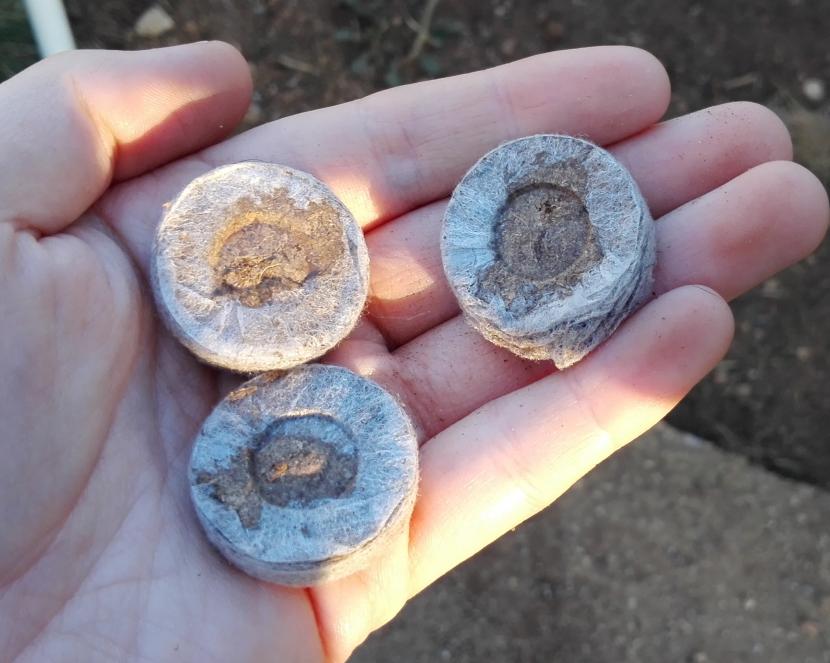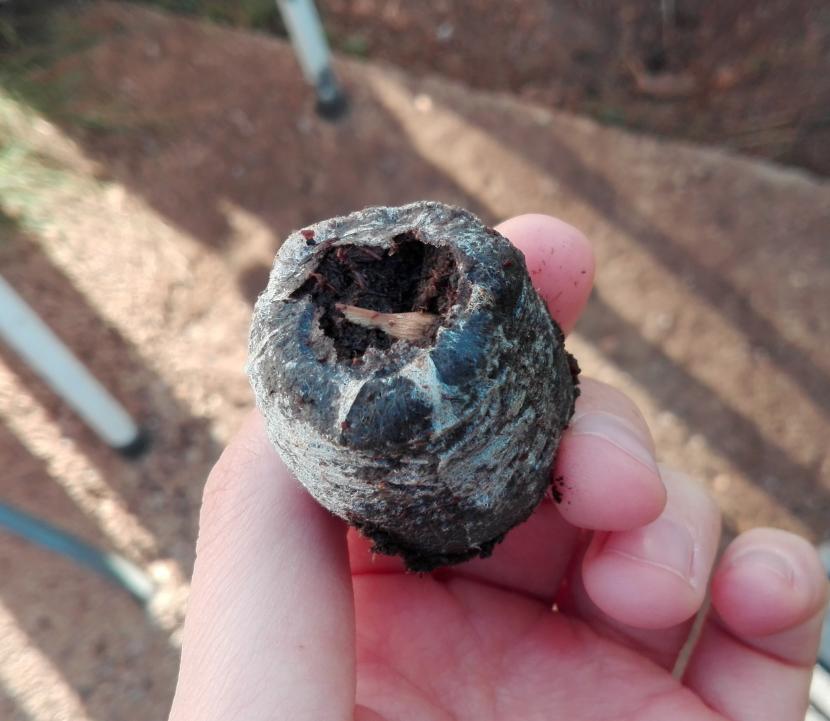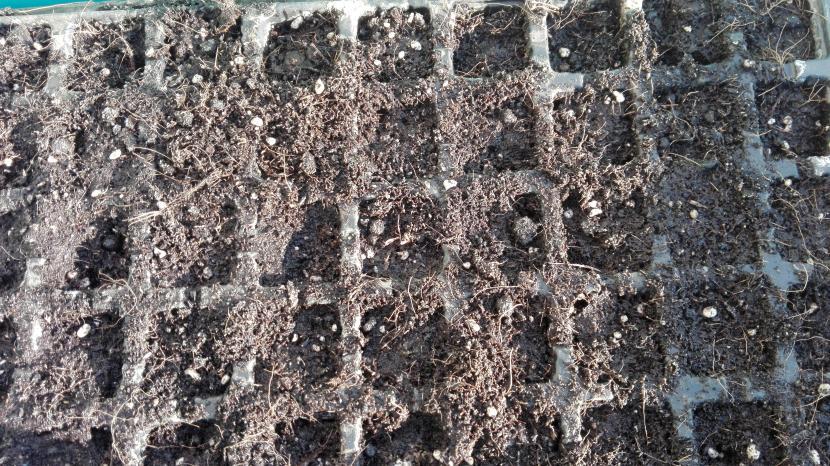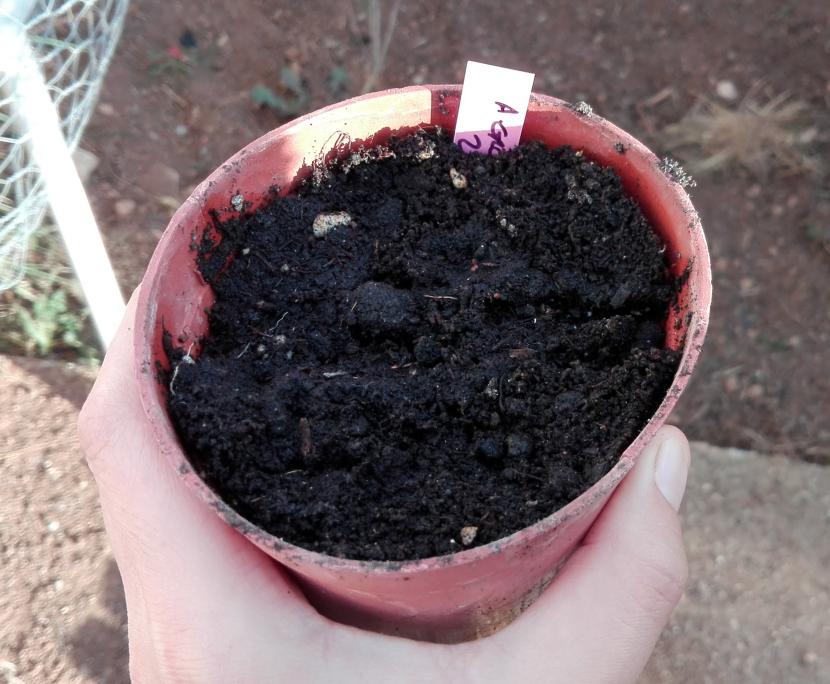
The germination of a seed is a process that, although it appears to be simple, it's actually very complex. There are many challenges that must be overcome to become a healthy and strong adult plant: the different variations of the climate, insects (or herbivorous animals) that can affect it, the fungi that are always lurking waiting for it to weaken.
Fortunately, in cultivation they have it somewhat easier, but it is still difficult to ensure that all the seeds that germinated can grow and develop without problems. For this reason, I'm going to give you some tricks so that planting in pots is an incredible experience, both for you and for your future plants.
Where do I plant them?
The first thing to think about is the hotbed. In the nurseries you will find different objects that can serve as such: flowerpots, peat tablets, trays. Depending on what you choose, you will have to proceed one way or another. Let's see it in detail:
Peat pellets

Peat tablets are very practical. In each one of them a single seed is sown, and since it maintains humidity for a long time, it can germinate without having to take risks. Also, if we opt for them, once they germinate can be planted directly in a pot, since they are made with biodegradable material.
There are different sizes, the ones you see in the image are 2cm high. It doesn't look like it, does it? And is that you have to put them in water for a few minutes. Then, you will see how they have 'swollen':

Finally, you just have to put the seed inside. By the way, I recommend that you put them on a tray or on a plate; so you can water them all at once, saving water.
Seed Trays

Made of plastic, they are very cheap. They are commonly used to sow seeds of horticultural plants, although they can also be used to sow flowers, trees, shrubs or palm trees. To do this, the steps we must follow are:
- Fill it with substrate, which can be composed of black peat and perlite in equal parts.
- Regar generously to moisten it well.
- Place a maximum of 2 seeds in each alveolus.
- Cover them with a little substrate.
- And go back to to water.
Flower pot

Finally we have the pots. When we want to grow very fast growing plants they are the most suitable, since having more capacity than peat tablets or trays, you can grow more in less time. And how is it sown? A) Yes:
- Fill it with substrate almost completely. You can use universal garden substrate, or mix black peat and perlite in equal parts.
- Give it a good irrigation.
- Put a maximum of 2 seeds, separated from each other.
- Cover them with a thin layer of substrate.
- Finally, go back to to water.
The fungicide, your best ally
Regardless of the seedbed you choose, it is highly advisable to do fungicide treatments, otherwise the seed is likely to germinate, but the probability that it will not succeed is very high.
In nurseries and garden stores you will find two types: chemical and natural (copper or sulfur). The first ones will be very useful when we see that they have appeared, but as long as the seedbeds are fine, with the natives we can be sure that everything will go well.
With these tips you will have healthy and strong plants 🙂.
Thank you very much
Thanks to you 🙂
Monica I wrote to you in the Sicas section. I have a Bismark Palm that after 9 years of life gave some green fruits. I want to reproduce it, my doubts are: they are still green, I can cut them or I hope they are brown; I know that he removed the "shell" from them and soaked the seeds for three days; then I sow them. It is right? (I am going to mix black earth with Perlite, is the latter necessary?) At what age do I spray them and with what?
I forgot to say thank you very much
Hi Patricia.
I have deleted your comment from the Cycas article so that it is not repeated.
Congratulations on your palm tree. She is officially an adult now! hehe 🙂
Ripe seeds take on a brownish hue. When that happens, remove the skin, clean them well with water and keep them in water for 24 hours.
The next day, you can sow them either in a pot with black soil with perlite, or it would even be better in plastic bags with a hermetic seal with that same substrate. Then it is put near a heat source, and after 2 months they will germinate.
The perlite is important to avoid rotting, since it improves the drainage of the earth.
Greetings, and good luck!
Hello Monica, very valuable information; I am from Lima-Peru, I am very interested in developing potato or potato crops and other Andean potted crops in the city of Lima, a very polluted city, instead of ornamental plants I want to have plants that produce food; the seeds would be native to more than 3500 meters above sea level. The fact of having seeds from another ecosystem, what problems could it cause me and what other factors should I evaluate before starting my idea?
Thank you.
Hi Wilber.
For your project to be a success, it is important that you basically take into account the following:
-The climate in the places of origin of the plants: temperatures, rains, whether there are frosts or not, wind, etc. The more similar those conditions are to those in your area, the better they will grow.
-The type of soil in which they originally grow. It can be more acidic, more alkaline, richer or poorer in nutrients, etc.
If problems arise, they will be due to the fact that the plants that were chosen are not the most suitable, and that will be seen in themselves since they may not grow at a good rate, or do not produce fruits (or produce few and / or small), become very vulnerable to pests and diseases, etc.
I hope I have continued to help you.
Good luck with the planting.